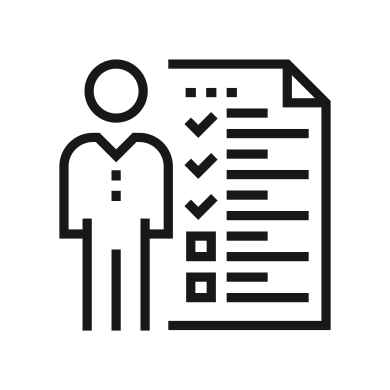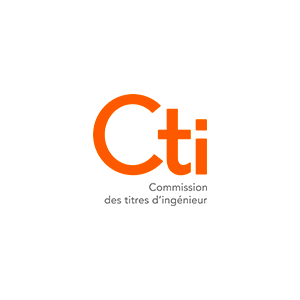Database 1:
The aim is to introduce the basic concepts of designing relational databases in UML. From the conceptual model designed using UML, the process of derivation and validation of the relational model is studied. The normalization process is investigated.
Web programming
The languages HTML5, CSS, and JavaScript are studied.
Organisation:
Database 1:
10h of courses, followed by 10h of directed labs.
Web programming:
5h of courses, followed by 7,5h of directed labs, followed by 8,25h of practical labs
Students attend lectures accompanied by course materials. The lectures are followed by directed labs, during which students practice the various concepts they have learned in class. The final practical tutorial sessions are devoted to the introduction and study of a project. During practical work, students carry out their project. At the end of the practical work, students will present their project and provide a project report and source codes.
Objectifs
At the end of this module, the student should understand and be able to explain (main concepts):
Database 1:
- The different data models, their advantages and limits
- What is a DBMS (Database management system)
- UML-based data model
- The different concepts of the relational model
- The normalization and its importance
- Data integrity constraints
Web programming
- Understand the concepts and technologies of the Web
- HTML5 language
- CSS language
- JavaScript language
The student should be able to:
Database 1:
- Design a relational database based on UML
- Derive the relational model from UML model and vice versa
- Normalize and validate a relational model
Web programming
- Design a static Web site with HTML5
- Define a CSS file
- Write scripts with JavaScript
Pré-requis
Algorithmic for Web programming
Évaluation
L’évaluation des acquis d’apprentissage est réalisée en continu tout le long du semestre. En fonction des enseignements, elle peut prendre différentes formes : examen écrit, oral, compte-rendu, rapport écrit, évaluation par les pairs…













